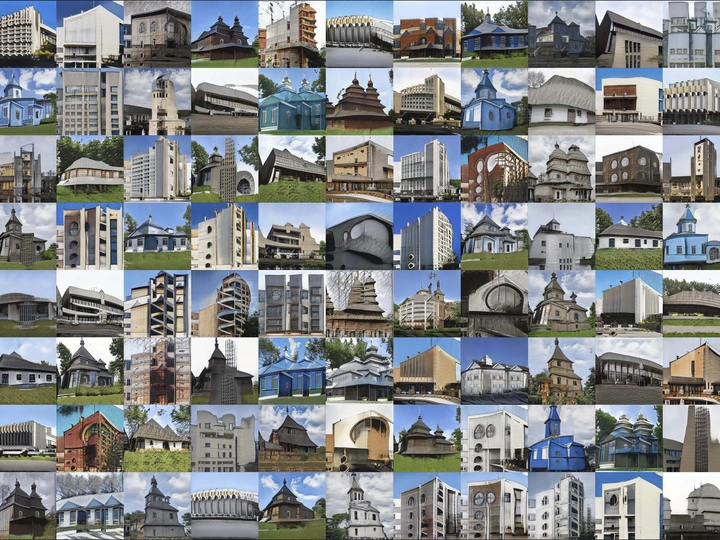Echoes of Transformation

Bogdan Seredyak is Ukrainian born architect and multi-disciplinary artist specializing in spatial design, urbanism, and emerging technologies with a focus on social projects and speculation. In 2012 graduated from New Jersey Institute of Technology, Faculty of Architecture and Design. Since 2018, he has run his solo practice, aiming to enhance human-centered environments through practical design, site-specific installations, and diverse architectural projects rooted in urban and social research. With work experience as well as exhibitions in New York, Kyiv, and Tokyo, his work challenges perceptions of space through responsive architectural interventions. He is currently based in Amsterdam, Netherlands.
Past participations include Independent School For the City (Rotterdam, NL) Fantazery audio-visual festival in (Dragobrat, Ukraine) 2021 CAADRIA Conference, (Hong-Kong, China) Urban Ethnography Lab (Berlin, Germany) and exhibitions at Greenpoint Gallery (Brooklyn, US) and Contrast Gallery (Tokyo, JP).
The Lina project proposal is a transformative architectural framework that embraces memory as both scar and scaffold. Drawing from Memory in Motion and REconfigured/CITY, two of the past projects it explores how architecture can become a vessel for collective remembrance while evolving to meet present and future needs.
Rather than erasing the past or merely replicating it, this proposal advocates for responsive design that:
• Integrates machine learning to synthesize historical architectural styles into new spatial expressions.
• Preserves emotional memory through reconfigured structures that balance remembrance and reinvention.
• Rejects tabula rasa approaches in favor of evolving architectural “scar tissue” that adapts to global challenges such as climate change, pandemics, and displacement.
• Reimagines domestic space to reflect changing human interaction protocols while rooting identity in familiar spatial languages.
Like Ukraine, whose fragmented architectural identity invites recomposition, or Rotterdam, where post-trauma clearance erased valuable built memory, this project treats architecture as a living archive. It reframes construction as healing, not cosmetic restoration, and fosters a sense of place by consciously merging legacy and invention.
By designing with both memory and motion, the proposal turns wreckage into opportunity, trauma into texture, and history into a launchpad for architectural futures.